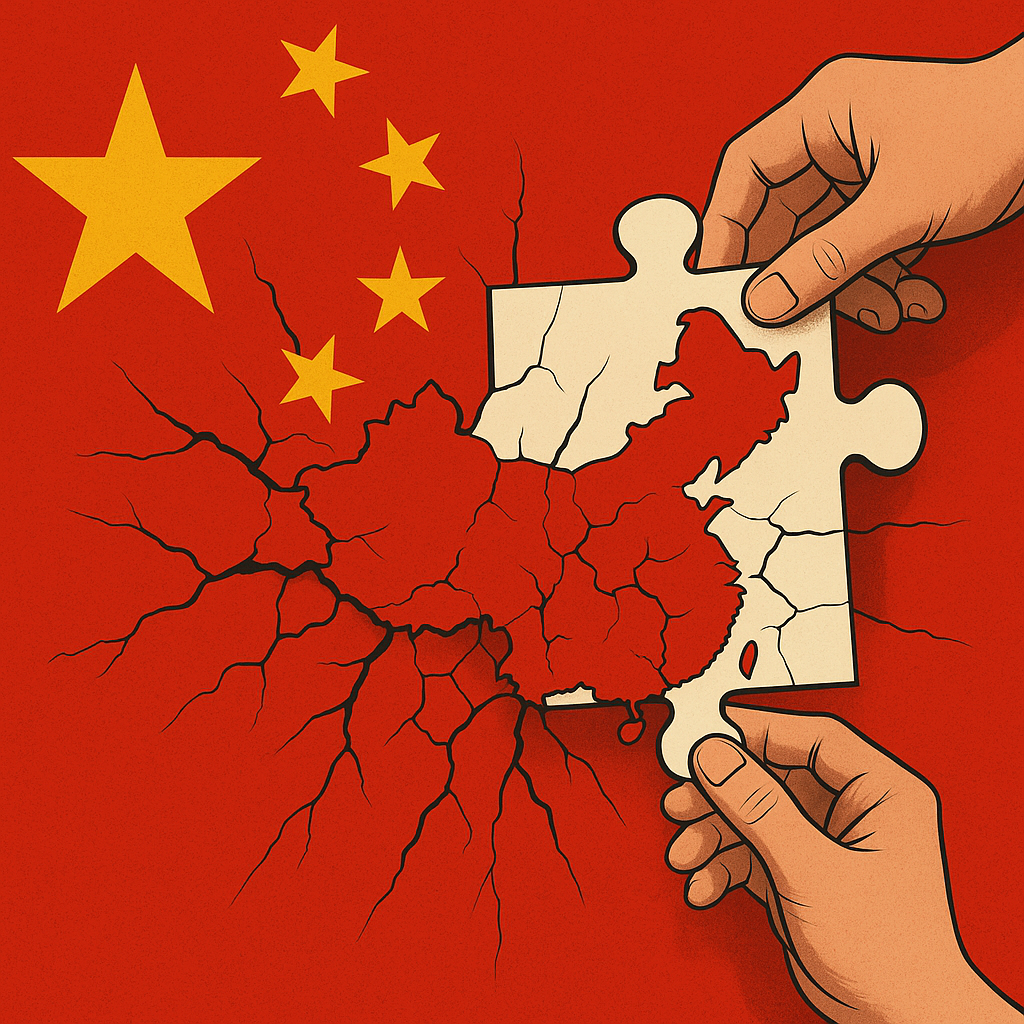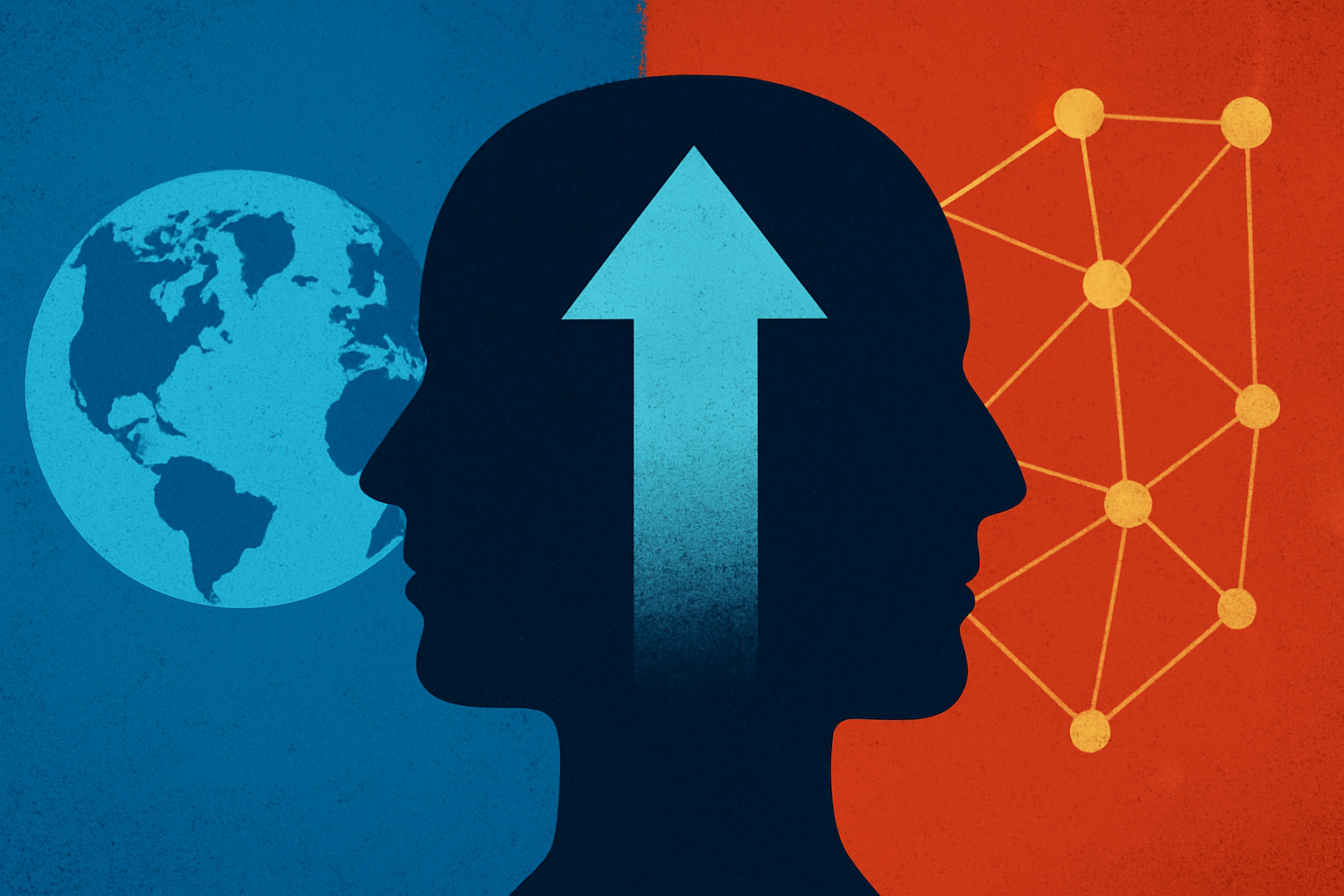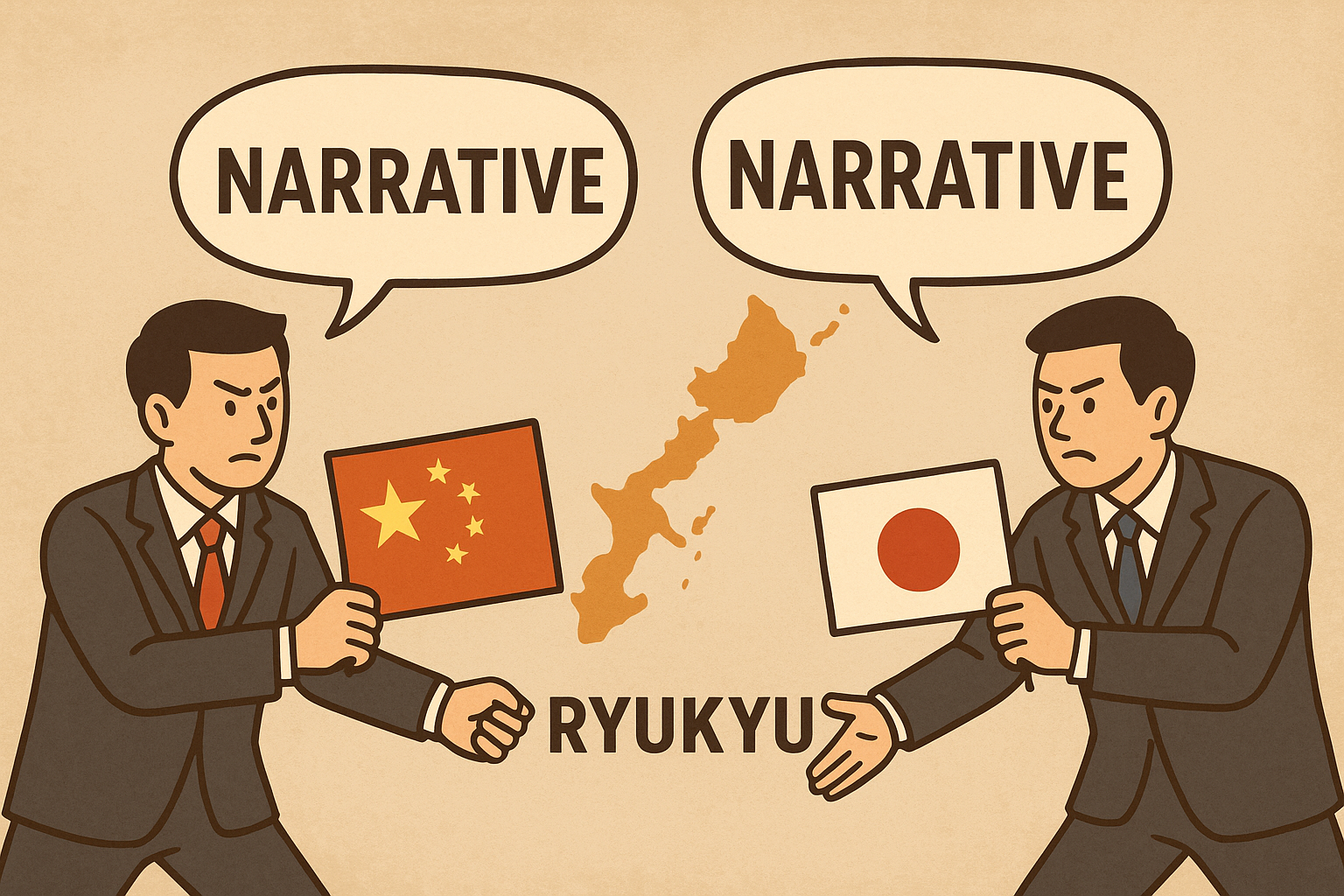Editor’s Note: To avoid ambiguity, the editors of Communication Without Borders have added a comma and removed a few words. The original source of this article can no longer be located; if there is any infringement, please contact us for removal. This article does not represent the position of Communication Without Borders. The editors have bolded certain sentences.By ZAHNG Weiying
Friedrich Hayek once said: although facts themselves never tell us what is right, a mistaken interpretation of facts can change those facts and the environment in which we live.
If you see someone running very fast who happens to be missing an arm, and you conclude from that that missing an arm is the reason he runs fast, you will naturally call for others to have an arm removed. That is what Hayek meant when he said that our understanding of facts can change the facts themselves.
The unfriendly international environment we face today is not unrelated to some economists’ erroneous interpretations of China’s forty years of achievement.
I. Understanding the World
1. Interests and Values in International Relations
By “understanding the world,” I mean understanding how Westerners view the world. The first question we must answer is: in international intercourse, are relations between states matters of interest or matters of values?
Conventional wisdom used to hold that international relations are relations of interest, and that conflicts between states stem from clashes of interest. But since the modern era—especially after World War II—the nature of interstate relations has changed. Besides interests, relations between states now also involve values. In other words, when states interact they do not talk only about gains and losses; they also talk about right and wrong, just as people do in interpersonal relations: “Those whose way is different do not gather together.” Moreover, when values and interests diverge, value judgments often prevail. This is a century-long human advance.
Take U.S.–Egypt relations as an example. Mubarak’s government pursued policies aligned with U.S. interests in maintaining Middle East peace; therefore, despite his authoritarianism, Mubarak enjoyed amicable relations with the U.S. government. But in the Egyptian revolution that followed, the revolutionaries’ values aligned with the values the U.S. publicly espoused. Even if supporting the revolution would damage U.S. interests, the U.S. government could not help but side with the revolutionaries rather than aid Mubarak in suppressing them. More broadly, many historical Western wars—conflicts between the Islamic and Christian worlds, wars between Protestant and Catholic states, and so on—are mixtures of interest conflicts and value conflicts.
2. Western Values
“Values” in short are people’s notions of justice and good and evil. Three important ideas anchor Western values: human rights, racial equality, and the notion that the advanced should assist the less advanced.
The idea of human rights can be traced back to John Locke at the end of the 17th century, who argued that rights trump sovereignty, an idea that influenced the modern Western concept of the nation-state. Previously, “states” often referred more to ruling groups or dynasties, so a single family could rule multiple “states.” Today many international conflicts involve human-rights questions; Westerners tend not to treat human-rights matters as merely internal affairs, which provides the moral and legal basis for the United Nations to send peacekeeping forces to stop ethnic massacres.
After World War II, the idea of racial equality gradually became established. Under this value orientation, Europe—especially Western Europe—could not refuse to accept refugees, even though doing so could create a host of problems.
The idea that the advanced should help the less advanced also took shape after World War II. Under this idea, the conditions for joining international organizations differed across development stages. China benefited a great deal early on as a developing country—for example, after China’s reform and opening up it was a major recipient of World Bank funds, and China’s accession to the WTO enjoyed many preferential terms due to its status as a developing country. Conversely, the United States, in its role as world leader, has borne large costs—one can glimpse this from its contribution of roughly one-fifth of the UN budget. The Trump administration’s call for “reciprocity” was based on changes in China’s development stage; consequently, whether China should still be considered a developing country has become an important point of contention.
3. How the West Understands Peace
The Western world believes trade, democracy, and international organizations are the three pillars of world peace—lessons accumulated over the past three centuries. Trade tends to align states’ interests; democracy can check rulers’ ambitions; international organizations facilitate communication to resolve misunderstandings and conflicts.
The French Enlightenment thinker Montesquieu observed that commerce’s natural effect is peace. The 19th-century French liberal economist Frédéric Bastiat wrote that where goods cross borders, armies will not; where goods cannot cross, armies will.
The democratic peace theory was Kant’s invention and is now deeply ingrained among Westerners. In a book published in 2001, American political scientists Bruce Russett and John Oneal analyzed over two thousand wars from 1816 to 2001 and found that democratic states are less likely to go to war. When one of the adversaries is non-democratic, the chance of war is about twice the average; when both states are democracies, the probability of conflict is reduced by 50%. Adding market economy and international trade further reduces the likelihood of conflict. Controlling for variables such as relative military power, great-power status, and economic growth, they found that countries with higher trade dependence in a given year are less likely to be involved in military disputes the following year; countries open to the global economy are less inclined toward military conflict.
In other words, democratic peace operates when both sides are democratic, while trade peace can be effective even if only one side has a market economy. For world peace, trade matters more than democracy.
II. Understanding China’s Economy
1. Understanding China’s Achievements Over the Past Forty Years
Setting aside whether we properly understand China’s millennia of history, even China’s recent forty years deserve careful consideration. China’s spectacular economic growth and the improvement in living standards over the past forty years are facts no one denies, but there is debate over how to interpret those facts. Currently, two explanatory camps exist: the “China-model” camp and the “universal-model” camp. The former contends that China’s development owes to a distinctive Chinese model—strong government, large state-owned enterprises, and enlightened industrial policy. The latter argues that China’s success is similar to Britain’s rise, France’s rise, postwar Germany and Japan, and the Asian Tigers’ growth—that is, it rests on market forces and entrepreneurial creativity and risk-taking, and China also benefited from the three hundred years of technological accumulation by Western developed countries.
In an article I published in early 2018 titled “The Three Industrial Revolutions I Have Experienced,” I summarized how China, after reform and opening, experienced in forty years the three industrial revolutions that the Western world underwent over 250 years. Latecomer advantage means we avoided many detours and could directly share the technological achievements others obtained at great cost.
2. The “China-Model” Thesis
According to the Marketization Index compiled by the Beijing Institute of National Economic Research, China’s overall marketization index rose from 4.01 in 1997 to 8.19 in 2014, with a minor dip after the 2009 “four-trillion-yuan” stimulus. But marketization varies greatly across regions: Zhejiang, Guangdong, and Jiangsu rank high, and the eastern provinces lead the central and western regions.
Yet if we look at provincial GDP growth rates, we find that before 2007 the eastern region’s GDP growth consistently exceeded that of the central and western regions; after 2007 the western region’s growth rate led, followed by the central, with the east lowest. A series of other pieces of evidence show that in the past five to ten years marketization levels and GDP growth rates across provinces have a negative correlation. Does this allow us to conclude that a distinct “West China model” exists, that western policies and institutions outperform those in the east, and thus the east and central regions should learn from the west? The answer is no. The reason is simple: market-oriented reforms in the west started later, and therefore the west enjoys a “latecomer advantage.” The east’s marketization levels in 1997 and 2001 correspond respectively to the west’s 2006 and 2014 levels.
Using marketization data from the Beijing Institute and economic growth data from China Statistical Yearbook, we find that whether over the last ten years or the last forty years, changes in the marketization index correlate positively with GDP growth. This reveals the problem with the “China-model” argument: marketization is a dynamic, gradual process; we cannot infer causality from economic performance observed at a single point in time without historical context.
A larger body of empirical evidence confirms a positive relationship between marketization and economic growth. Indicators such as the share of urban employment in state versus private sectors, the share of industrial assets held by state, foreign, or private firms, and their correlations with per-capita GDP and growth rates all consistently show: regions with larger state sectors tend to have slower economic growth; regions where the private sector expands relative to the state sector experience stronger growth.
China’s high growth over the past forty years relied largely on latecomer advantages in technology arbitrage—opportunities that both Chinese and Western firms exploited for profit. As arbitrage possibilities shrink, future development will depend increasingly on innovation. Economists measure innovation with three indicators—R&D intensity, patents, and the share of sales from new products—corresponding to input, intermediate output, and final output. By these measures, China has made notable progress over the past decade, but regional disparities remain large. Cross-regional analysis shows that all three innovation indicators correlate significantly and positively with marketization and privatization levels, and negatively with the number of government agencies per capita and public-sector employment shares. On average, regions with larger state sectors have weaker innovation capabilities; regions with greater shares of private or foreign firms have stronger innovation capacities.
3. Consequences of the “China-Model” Interpretation
The evidence above indicates that the “China-model” thesis does not fit the facts. China’s high growth over the past forty years came from marketization, entrepreneurial spirit, and the inheritance of three hundred years of Western technology accumulation—not from a purported “China model.”
Worse still, explaining China’s past achievements by reference to a “China model” is detrimental to China’s future development.
First, it misleads domestically and undermines our own prospects. Overemphasizing a supposedly unique China model pushes domestic policy toward strengthening state-owned enterprises, expanding governmental power, and relying on industrial policy, which would reverse reform progress; the reform cause would be squandered and the economy could stagnate.
Second, it misleads the rest of the world and provokes confrontation. The unfriendly international environment we face today is not unrelated to some economists—both Chinese and foreign—misinterpreting China’s forty years of achievement. From a Western perspective, the so-called “China model” appears as “state capitalism,” a system incompatible with free and fair trade and world peace; it cannot be allowed to advance unchallenged and unchecked.




